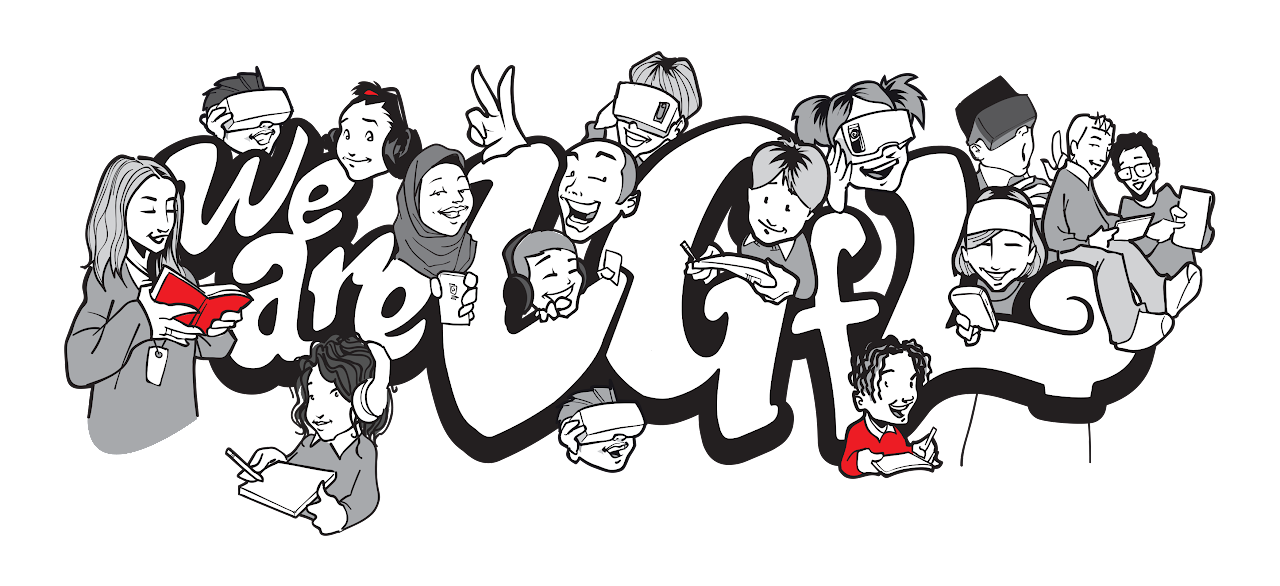Universal Design for Learning - UDL Case Study
Woodland Academy Trust
Introduction to the Woodland Academy Trust Digital Strategy
Daniel Davies (Assistant Headteacher) explains how their digital strategy led to them exploring Universal Design for Learning (UDL) further and ensuring the school delivers on the Trust's 'tag line' "Ignite the spark, reveal the champion".
Teacher view of Universal Design for Learning
Josh Benham (Year 1 Teacher) and Carla Ferla (Headteacher) discuss how teachers consider UDL whilst planning and prepping their lessons.
Providing options to the learners to choose how they learn best and creating greater independence and being ambitious! Am I really thinking about the skills or the knowledge that I want my children to demonstrate? Am I giving them various ways to demonstrate that to suit their needs best? Not just a learning need and removing a barrier to learning but also creating an engagement factor.'
The importance of choice for children
UDL takes away restrictive barriers to learning that become a block for them and prevents them from learning in general. So by presenting them with different options (e.g. voice notes, captions, comments, text boxes etc) and allows the pupils to take control of their learning, and be the 'captain of their learning', It means they are not so restricted and allows them to experience success! by giving them the options it means that everyone is able to take part in the learning.
How can you manage the incoming learning responses if they are multi format?
UDL allows conversations with the pupils about why they have made particular choices about presenting their work and learning.
it enables the teacher to be able to walk around the classroom, and talk to the children 'Why have you chosen to present your work that way? Is it working well? How could you improve it? Could we make it any better?
The voice notes support the assessment of children's understanding as 'I can go around and listen to what they have said on their own, away from me, which gives sight into their own understanding because sometimes in a lesson you can assess the children against the Learning Objective on the carpet and all looks great... and then in the book, it will go in another direction you weren't expecting when working independently.'
What are the benefits of UDL through effective technology use?
The UDL principles allow for more freedom for the teacher and allow more connection with the children ! The use of technology allows more time for discussion and collaboration and removal of barriers for the pupils. It gives you as the teacher the power to observe and do your job as a teacher in a much more efficient way. The use of technology in the classroom has accelerated the learning It's given more time to the teacher, and more time for the children to showcase what they know.
What is the role of choice for the learner?
At the start of the academic year, time was spent exploring the technology (led by the teacher). Now the pupils decide which tools and apps they want to use to meet the goal for the lesson. It might be a presentation using a keynote, a report using pages, creating a rap using garage band, make a podcast. They have the tools to go away and choose how they can prove they have met the objective of the lesson.
How can you adhere to UDL principles in the context of the current assessment regime?
The UDL approach has supported academic outcomes. Children can prove their progress and their learning and teachers can assess them far more accurately by listening to them. You take away the barriers and hopefully have given them the enthusiasm to be engaged in their own learning and their own path. There has to be a balance.
How can you assess the impact of your UDL approach?
Carla Ferla (Headteacher) explains that the engagement of the pupils has definitely increased due to the introduction of UDL principles, and they're so excited to share their learning - it's the 'fun of learning and to get that engagement you need the hook, and you need the fun' and that's when you will see the children move academically and linked to their wellbeing. It's that investment into this journey in terms of UDL principles that will make a difference'. Whilst Connor, (Year 5) teacher says he can see the quality of the work has improved when contrasted to work produced in the books, to work produced on the iPad when they're given the opportunity to explore and show you what they know through their own terms and be successful and experience the success of their learning.
Studying travel in Year 1
Year 1 were looking at transport ("All Aboard"). The pupils have used videos of journeys, been on bus journeys watching a video on the iPad, stopping the video and slowing it down. They pretended to be bus drivers using Street view on Google maps which has enabled them far more use of their imagination. They have used their own photographs in MarkUp to draw on their own photos a uniform to be a bus driver and they had taken photos around school using the iPad. They were able to share their work on the screens to share their photos which created a buzz and excitement. This has allowed them far more freedom and much greater freedom of expression.
How can UDL help promote Well-being for learners?
In terms of empowerment, in terms of growth, in terms of academic outcomes and in terms of even being able to walk across the threshold of the school, the principal of UDL provides and supports the well-being of our children. It gives children that empowerment and this empowerment promotes well-being.

